One of the pleasures of bicycle touring in Taiwan is the freedom to change plans on impulse. On my second day of a trip down south in June 2015, having previously cycled across Kaohsiung from Tainan, I opted to hang out and see more of Pingtung City. A dire weather forecast calling for bouts of torrential rain had already introduced some uncertainty, but I was also curious about this city of 200,000, about which almost nothing is written in English. Finding an interesting place to stay sealed the deal—and so I checked out of a grimy hotel near the train station after breakfast, moved my stuff to the new place, and spent the day exploring the administrative center of Pingtung, the southernmost division of Taiwan.
I haven’t been able to find any decent English language resources introducing Pingtung City to an international audience1 so I suppose I should include some general information in this post. Keep in mind I’m no expert; I’ve spent one full day in town and little more than that doing research for this entry. Then again, something is better than nothing, so here goes!
Pingtung City is situated on the eponymous Pingtung Plain (屏東平原) just to the east of the sluggish Gāopíng River (高屏溪) that forms the border with Kaohsiung. Taiwanese Plains Indigenous people originally named the area “Akauw”, a word for forest, which is how Hoklo and Hakka-speaking settlers arriving in the late 17th and 18th centuries ended up calling it A-kâu (Mandarin Chinese: Āhóu 阿猴), which sounds like “Monkey”. It wasn’t until the 1920s that the area was designated Pingtung, which literally means east of Bànpíngshān (半屏山), the uplifted coral mountain northeast of the famous Lotus Pond (蓮池潭) in Zuoying, Kaohsiung. This renaming was part of a wider effort by the Japanese colonial authorities to impose more respectable names on places in Taiwan2. When the KMT arrived in Taiwan they stuck with it.
Nowadays Pingtung City is a mid-sized city of approximately 200,000 residents organized, like so many other Taiwanese cities, around a central train station. North of the station is where you’ll find all the action: vibrant temples, historic buildings, bustling night markets and shopping districts, numerous restaurants and cafes, and more than a few surprises. The northwest periphery of the city is dominated by twin airfields, one of which is an active air force base while the other is the derelict Pingtung Airport (屏東機場). Together they are almost as large as the built-up parts of the city itself!
Now for a word about accommodation in Taiwan. The places I usually stay on random trips like this are clean, functional, and affordable at best—and merely inexpensive at worst. Seldom do I chance upon lodging with actual character at a reasonable price. Airbnb is ordinarily worth checking for interesting places to stay around the world but most listings in Taiwan are bland serviced apartments several times more costly than what they should be. Even so, I had a glance at Airbnb to see if anything looked promising and was pleasantly surprised to find a vintage 1960s residence for rent on the east side of downtown. This is the exact room I rented out, but there are four more available in the same house for those who prefer air conditioning or more space. (And if you are new to Airbnb you are welcome to use this referral link to sign up; you will get a modest credit toward your first rental and I will receive a small kickback.)
Since nobody else was staying in the house I used the front room as my office for the day—when I wasn’t out cycling around town, that is. This aroused the curiosity of the neighbours, one of whom worked up the courage to knock on the front door and strike up a conversation. I came out to chat and soon the whole family had gathered ’round to make smalltalk. They kindly offered me an ice cream and I stood around on the porch gabbing with the locals about my origins, impressions of Taiwan, and other such common topics. The eldest son, a huge baseball fan, was disappointed to find out I had no strong feelings one way or the other about my hometown team. Soon they dispersed and I returned to my work before heading out to circle the city once more.
I have taken an interest in Japanese colonial architecture in my travels around Taiwan and did my best to capture what I could of the historic shophouses of Pingtung City. This wasn’t easy as most facades were obscured with signs and advertisements. There does not appear to be a dedicated old street anywhere in the city itself so my finds were scattered all around the downtown core next to the main station. Some buildings had been chopped in half, others had been coated with garish paint schemes, but there were a few that retained a certain elegance.
I had far better luck with temples in Pingtung City, of which there are many3. The most prominent of these is located not far from the station front. Cífèng Temple (慈鳳宮), which was founded in 1737, is dedicated to Māzǔ (媽祖), the most widely celebrated deity in all Taiwan. Last year my understanding of temple culture in Taiwan was still very basic so I hardly had any idea what I was looking at—but a few things did catch my inexperienced eye.
Mazu is the star of Cifeng Temple but there are, as is standard in Taiwan, many other altars and shrines to popular deities. Usually in a big temple like this one you’ll find a signboard posted near the entrance with an outline of what gods to visit and in what order—but this is merely a suggestion. Devout tourists typically follow the circuit but ignorant barbarians like myself are prone to wandering around more or less at random.
One particular altar aroused my interest while touring Cifeng Temple: that of Lord Wénchāng Wáng (文昌王 or 文昌帝君), the god of literary culture. Taiwanese typically beseech Wenchang for assistance in academic matters, particularly before important examinations, and it is standard to leave a photocopy of one’s student ID in the donation box so the god knows which score to boost. Here I took note of the Wenchang brushes (文昌筆) and cinnabar (硃砂) ink to one side—as well as the giant brush to the other side of the altar. Anyone wishing for better test results can make an offering, write out their wishes with the brush and ink, leave their ID, and touch the big brush to absorb scholastic prowess by osmosis. This process is detailed on several Chinese language blogs about the temple, for example here, here, and here.
Pingtung City is home to two historic military villages not far from the train station. Both date back to the Japanese colonial era and were built to house officers working at the nearby airbase. I chanced upon the abandoned Chóngrén New Village (崇仁新村), which dates back to the 1920s, but did not encounter Shènglì New Village (勝利新村), which has already been developed into a minor tourist attraction. Many of the old homes in Shengli New Village have been converted into museums and cafes as you can see here, here, here, here, and here. I’m not sure what plans the city might have for Chongren Village, though it would be a shame if the entire area were cleared to build yet another bland block of high-rises.
I passed by a more modern house of worship, Qí’ān Buddhist Temple (祈安佛堂), on my way to a short stop at Eske Place Coffee House, a great little cafe with a menu and decor influenced by the owner’s time in New Zealand. Who would have imagined you could order a good flat white in Pingtung City of all places? Eske Place closed just after five in the afternoon so I was soon back on the streets in search of more.
After crossing back from the east side of town I stopped to investigate Tiānhòu Temple (天后宮), which also venerates Mazu. This temple was built in 1948, not long after the expulsion of the Japanese, primarily to house an old Ming dynasty statue brought over from China in the late 17th century. This statue found a home in Pingtung City but the temple housing it was destroyed by the Japanese in 1913, probably to widen a road or something. It then spent several decades in a side altar at Cifeng Temple before local townspeople got together to fund the construction of the temple seen here. This backstory explains the somewhat unusual appearance of Sun Yat-sen, founding father of the Republic of China, in the wings of the temple.
On a technical note, I also took the opportunity to stop at a Giant Bicycles shop near the train station to have my brakes and pedals replaced on the spot. I had noticed an unusual creaking sound while riding from Tainan the previous day and it seemed like I had worn out a few things over the course of the previous weeks. I probably could have found a decent bike shop further south but since I had the time and opportunity I went in for a fix. Although English is seldom spoken at Taiwanese bike shops it is not difficult to make yourself understood—just point out the problem and the bike mechanic will have you sorted in record time.
After dark I rode out to the northeast edge of town to check out Ruìguāng Night Market (瑞光夜市), the second most famous in Pingtung City. It is a “garden style” night market: open air but semi-permanent with the usual assortment of snacks, sit-down eateries, shops, and carnival games. Perhaps it was the lousy weather earlier on, the day of the week, or some combination thereof, but there were few people at this night market and, consequently, I wasn’t able to hone in on interesting food nearly as well as I had at Minzu Road Night Market the previous night. For more about Ruiguang Night Market from the Chinese language blogosphere have a look here and here. Personally I wouldn’t recommend it; the main night market next to the station is way more lively and almost everything I sampled there was excellent.
Thus ends a random day of exploration in Pingtung City. Without any guidance I was able to find a lot of interesting stuff but I am only scratching the surface. After a good night’s rest I forged on to Fangliao by way of Chaozhou, the subject of the next post in this series.
- Pingtung has plenty of tourist attractions but most of them are concentrated in Hengchun and the beach town of Kenting at the very southern tip of Taiwan. What few English speakers come to Pingtung City are probably only passing through to parts beyond. ↩
- Kaohsiung provides the most famous example of this renaming trend; it was formerly known in Hoklo as Tá-káu 打狗, literally “strike the dog”. ↩
- Pingtung is ranked third in Taiwan for overall number of registered temples. Kaohsiung is ranked second and Tainan naturally takes first place. If you bother to divided the number of temples by the population of all three places you’ll find that Pingtung has around 13 registered temples for every 10,000 residents compared to 9 and 5 for Tainan and Kaohsiung respectively. And this is to say nothing about all the illicit, underground, and unrecognized temples and shrines found all over the place in Taiwan… ↩
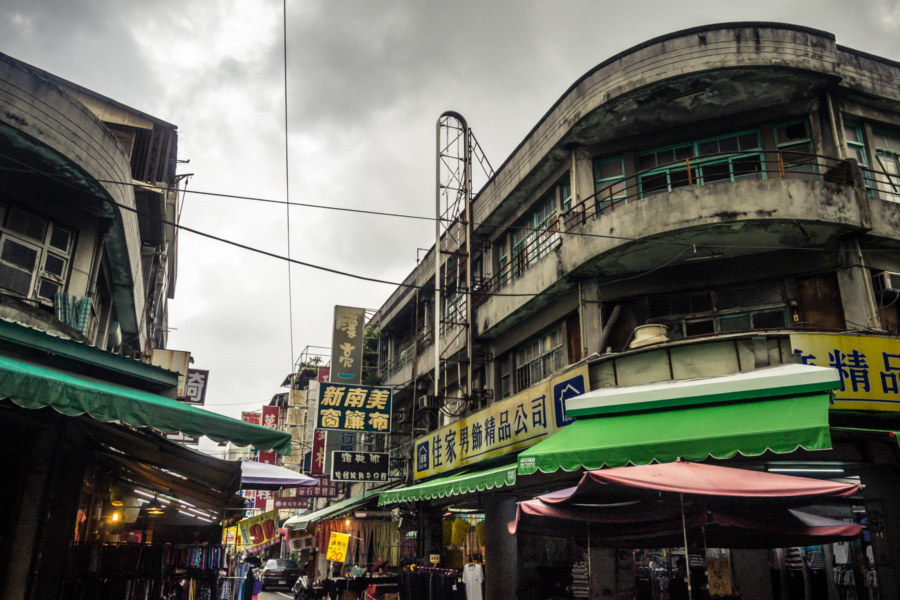
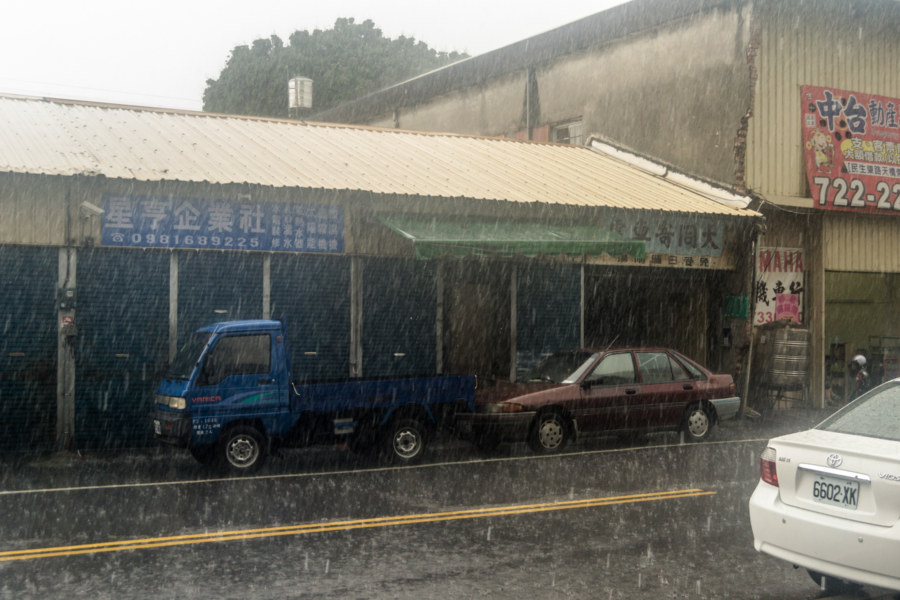
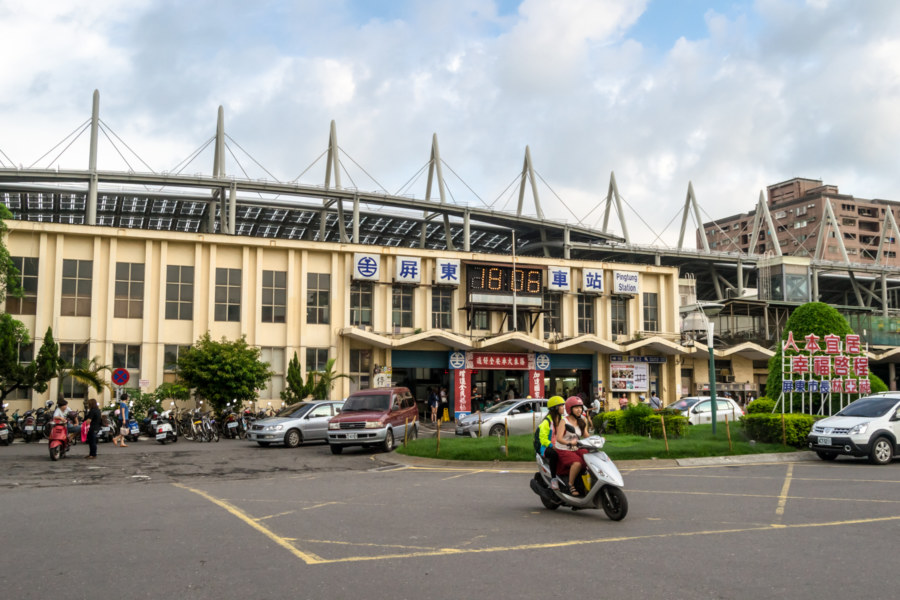
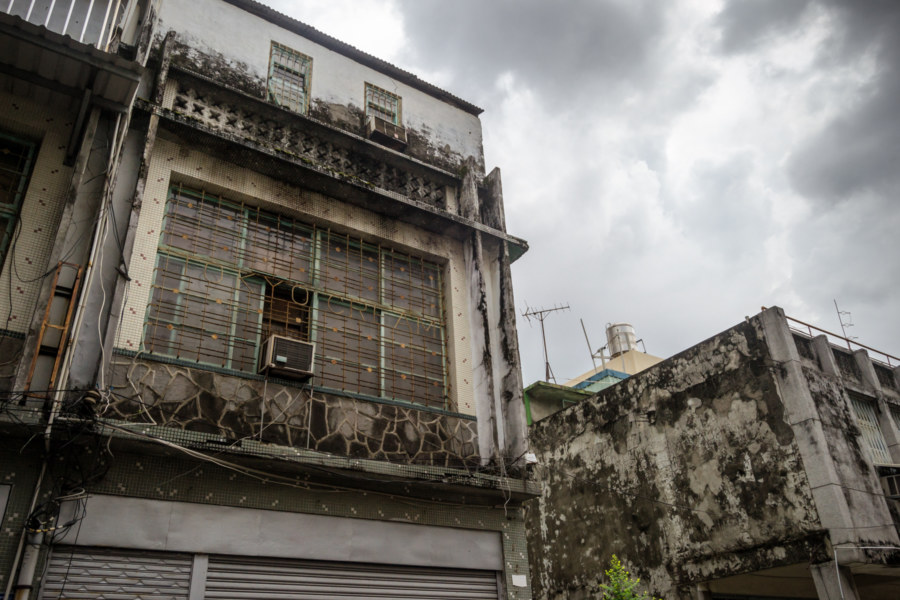
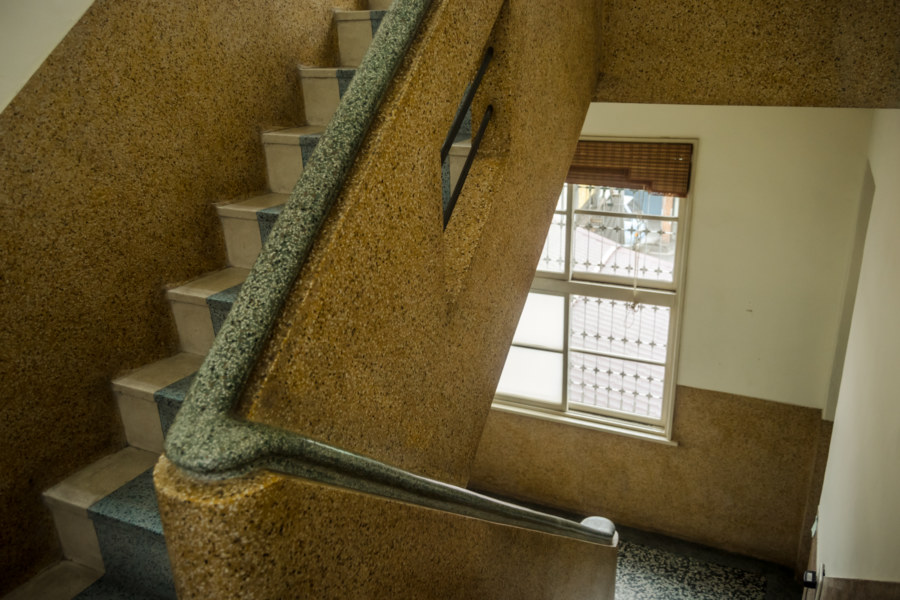
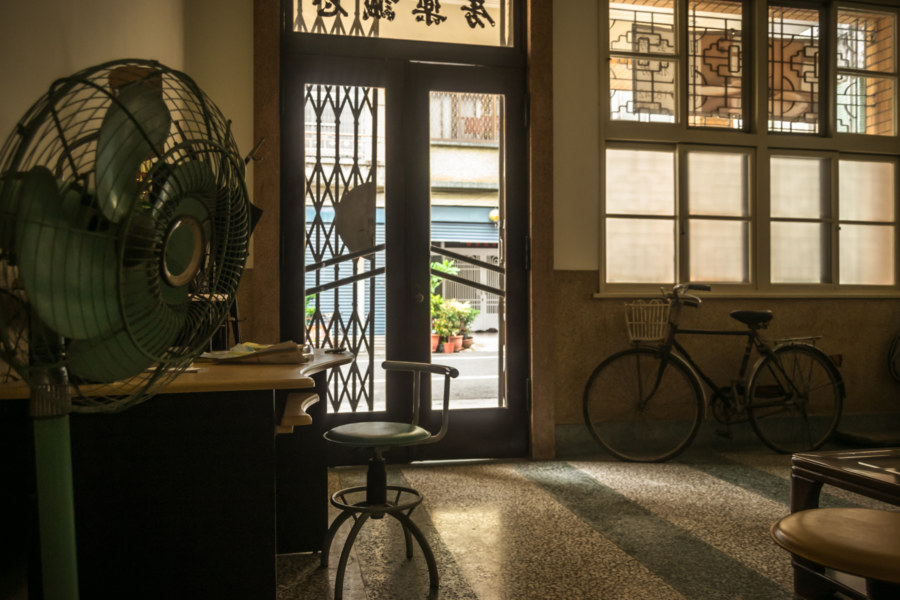
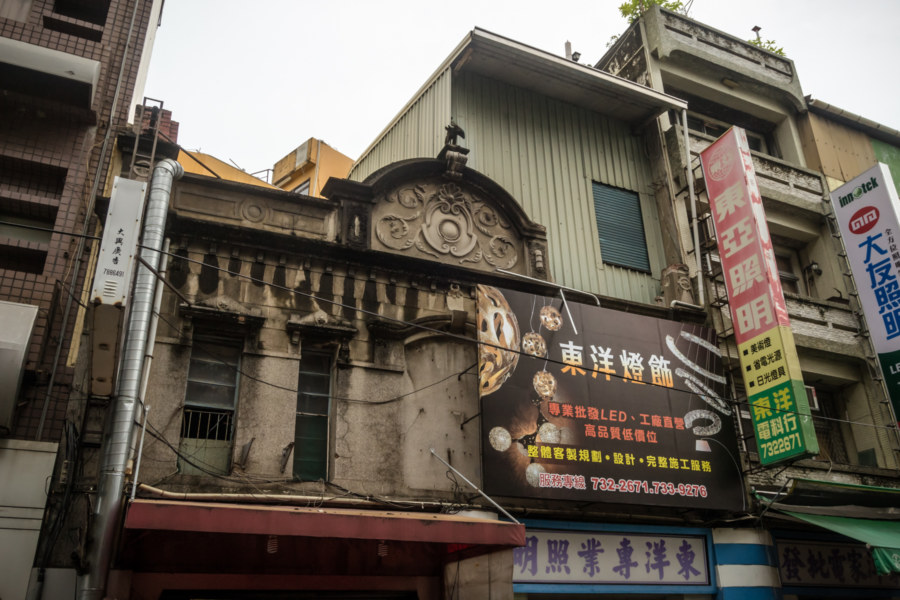
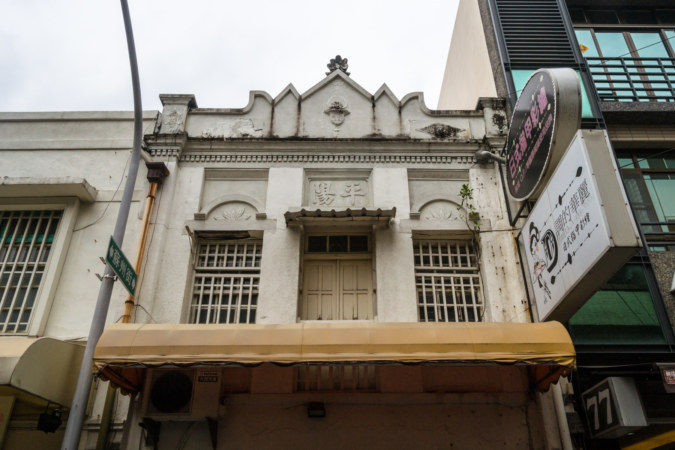
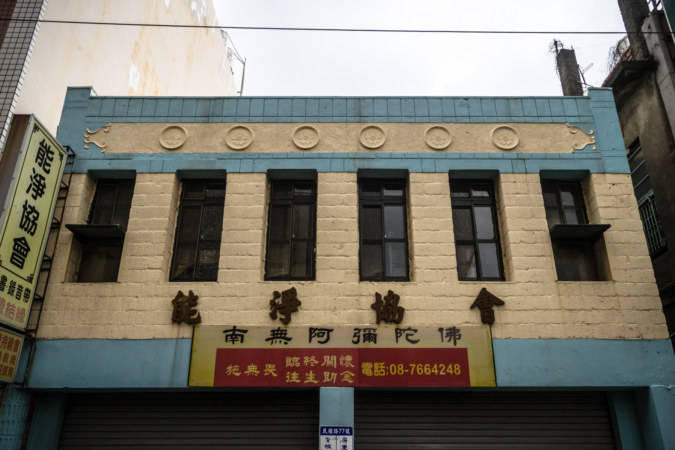
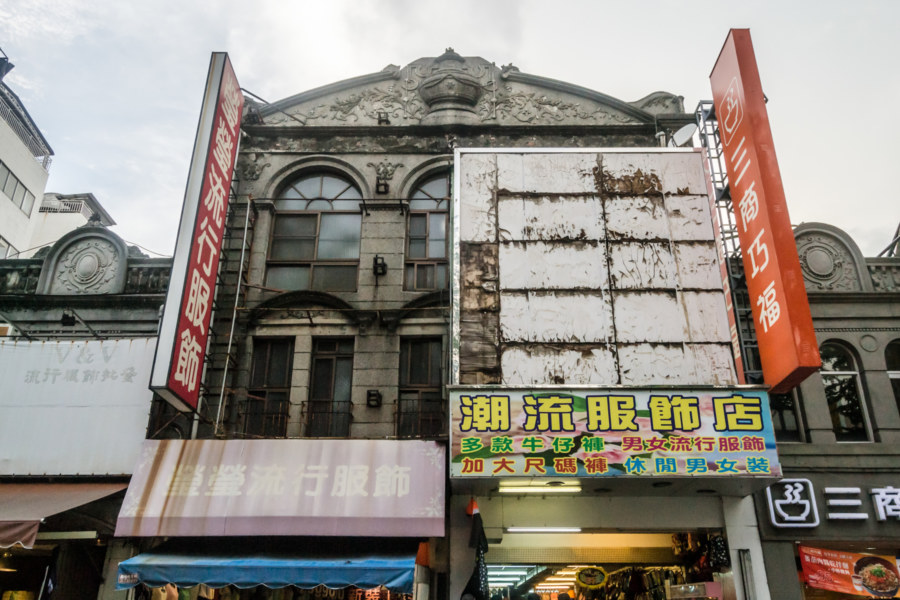
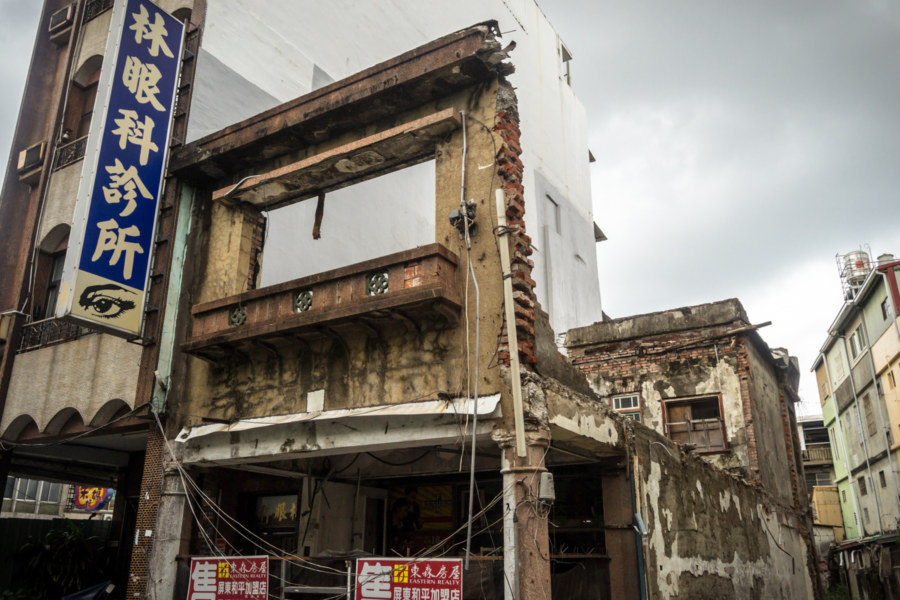
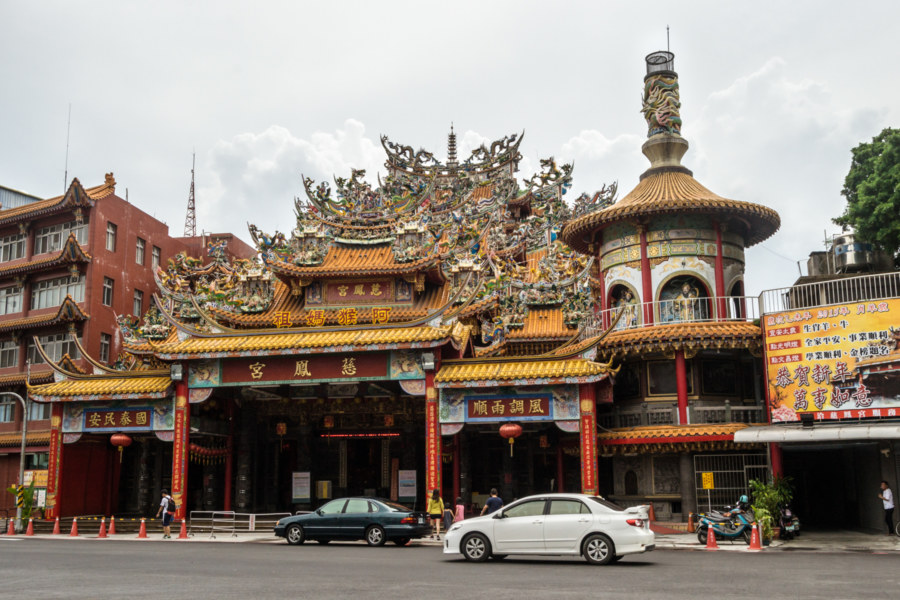
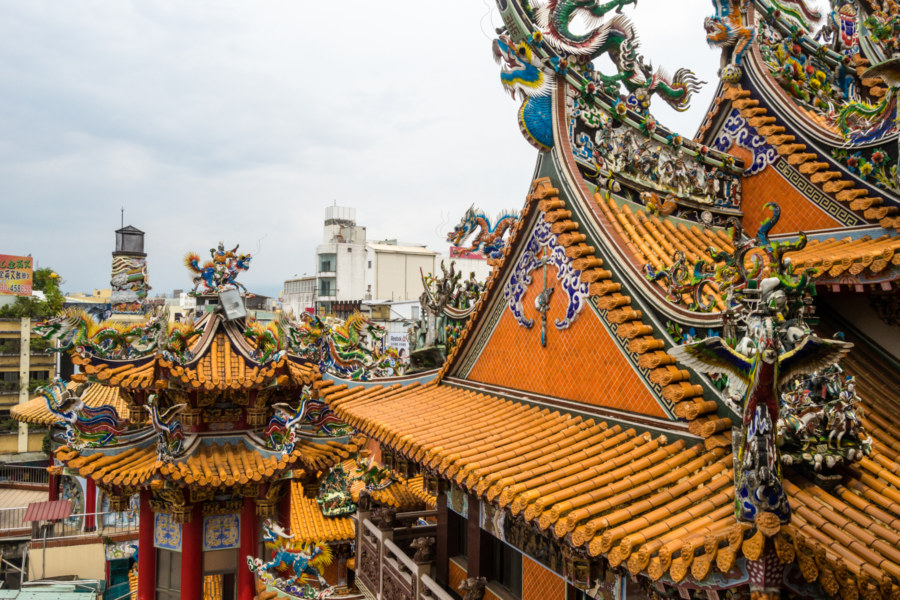
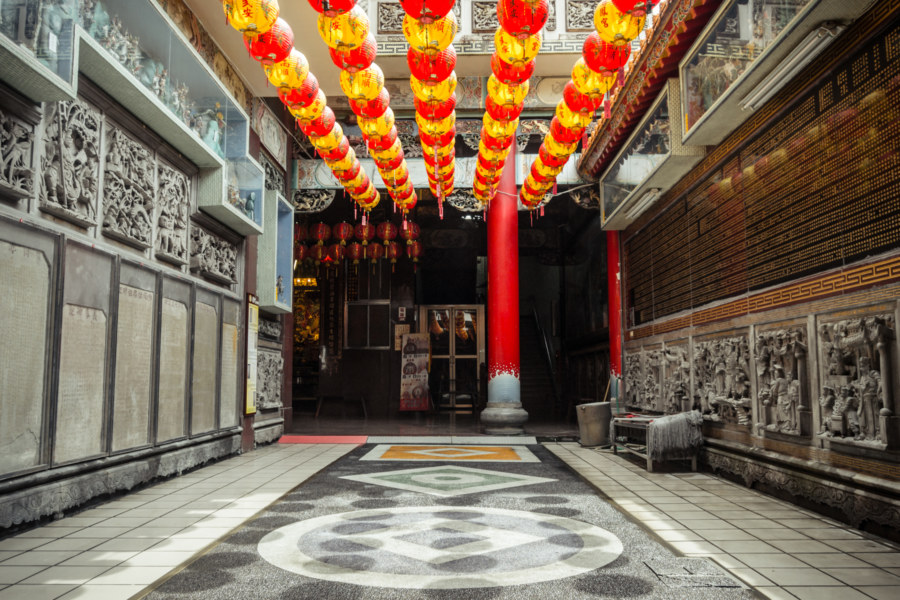
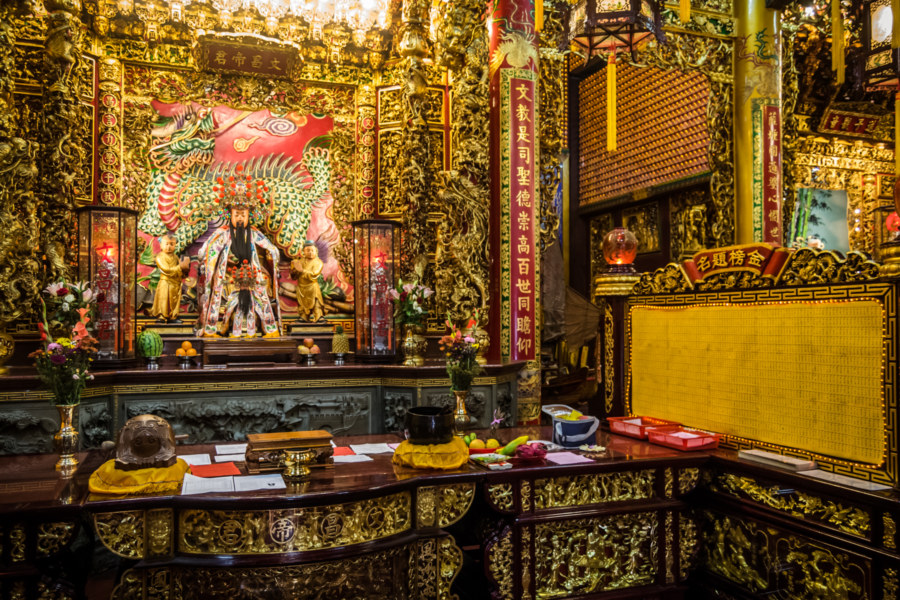

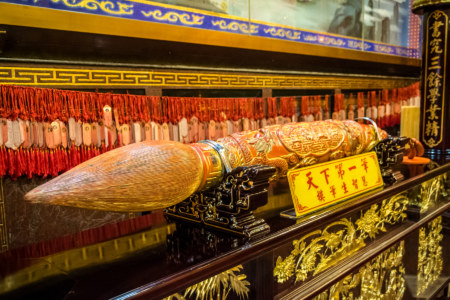
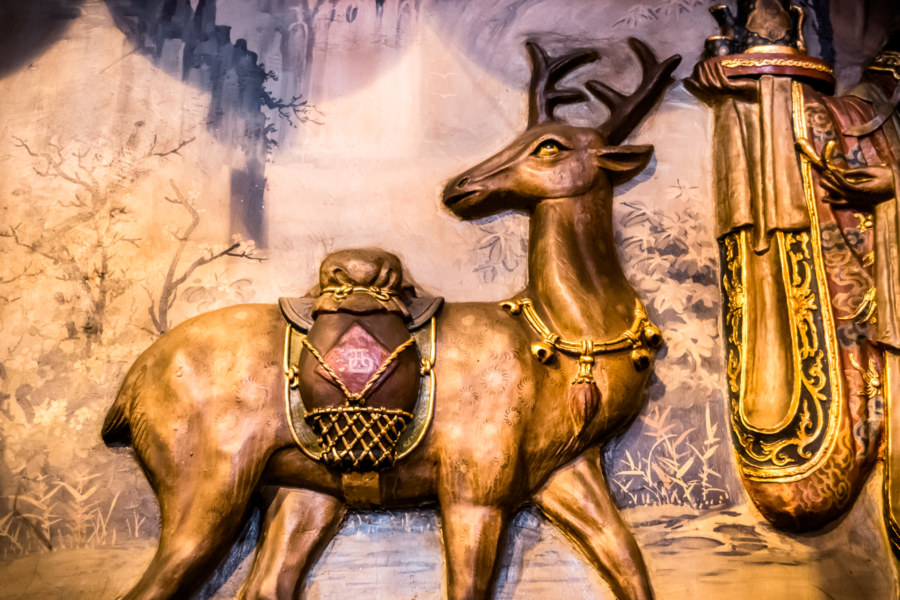
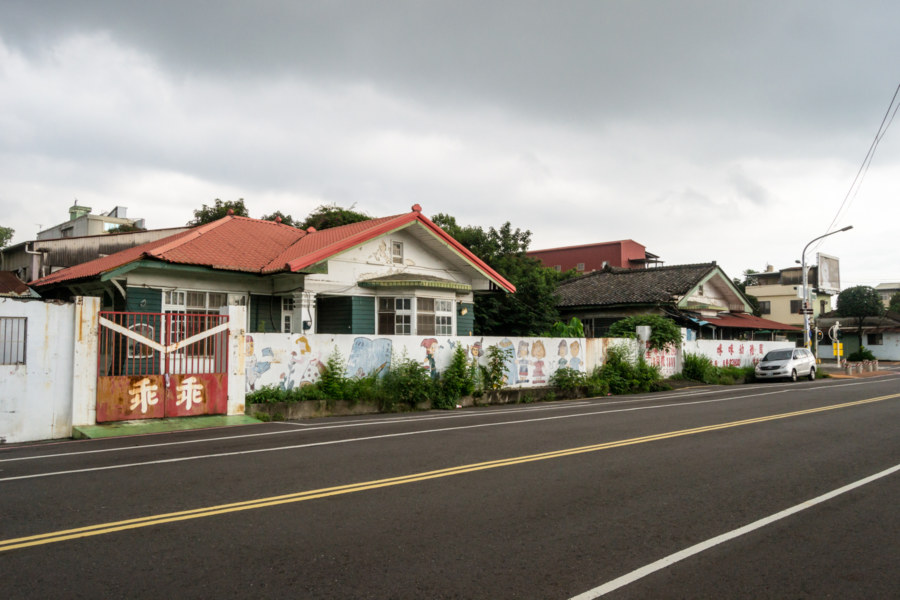
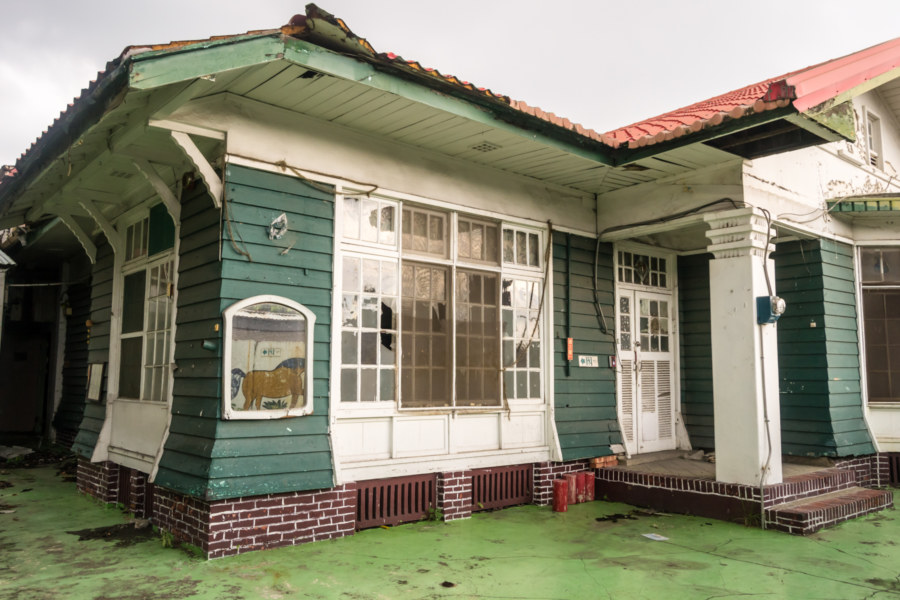
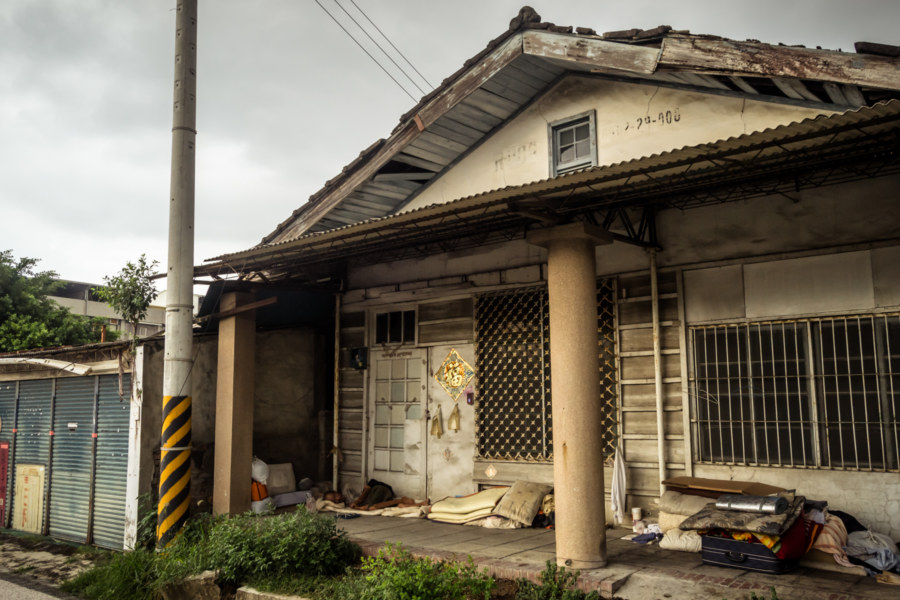
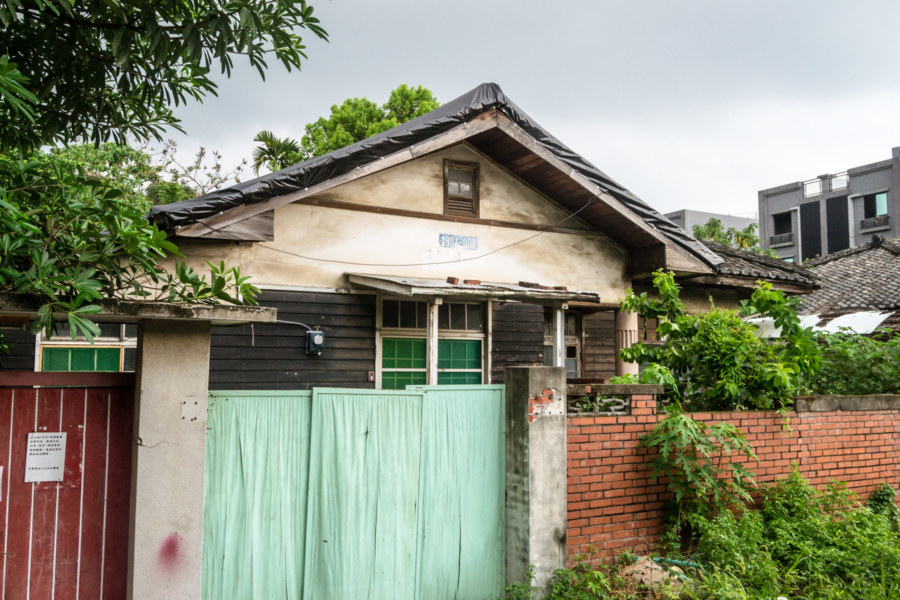
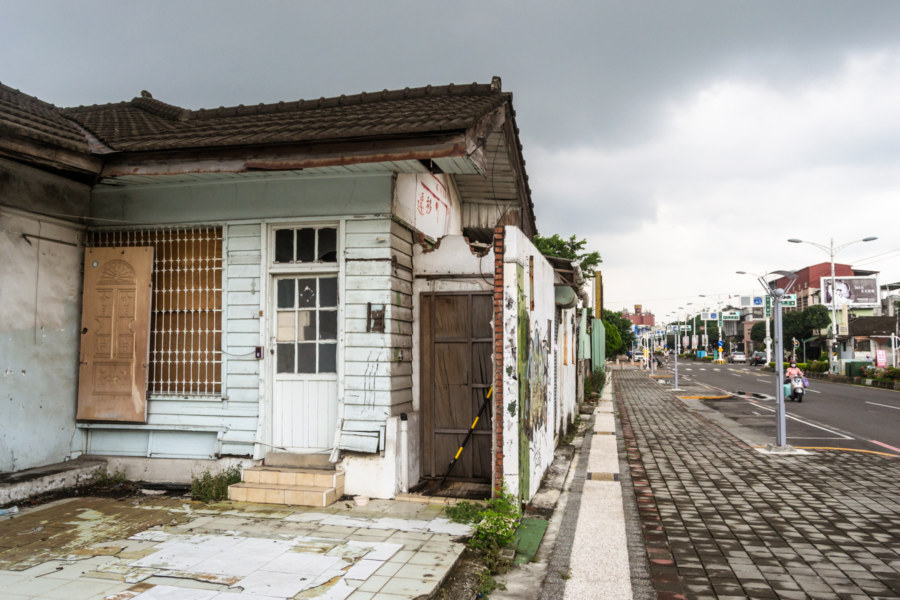
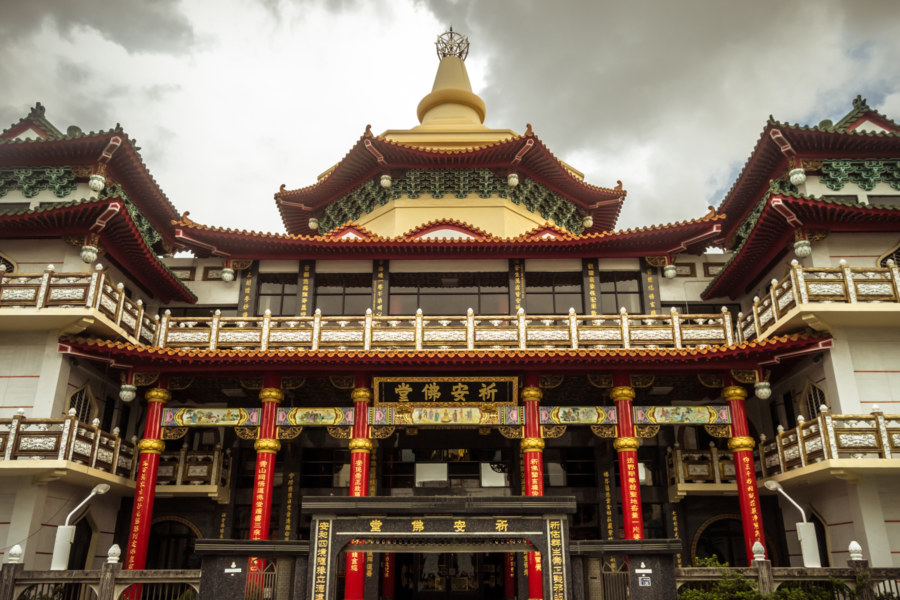
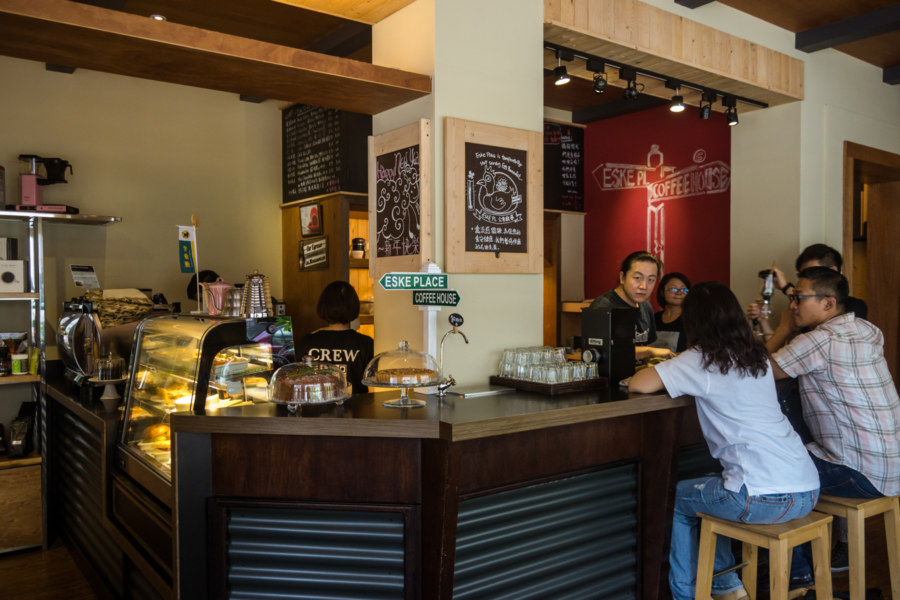
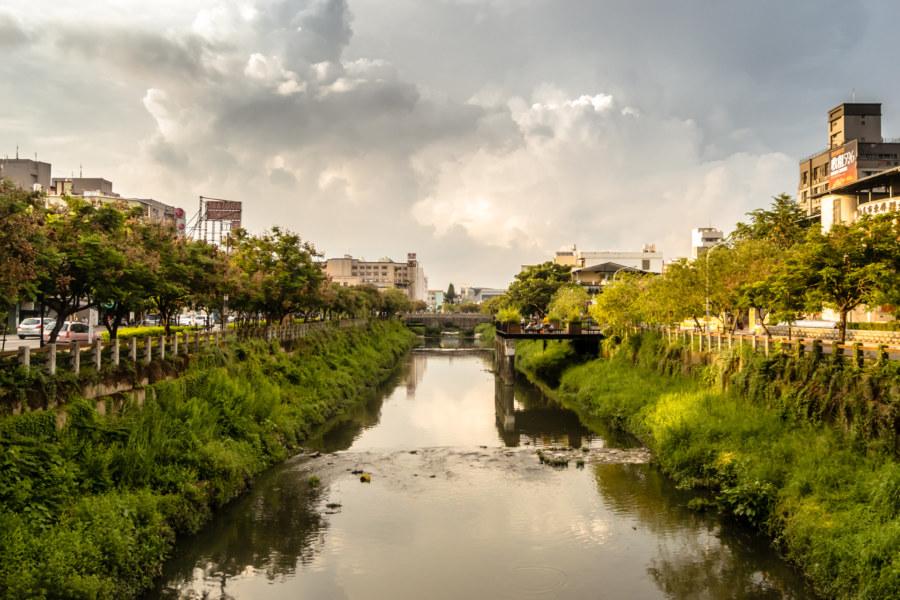
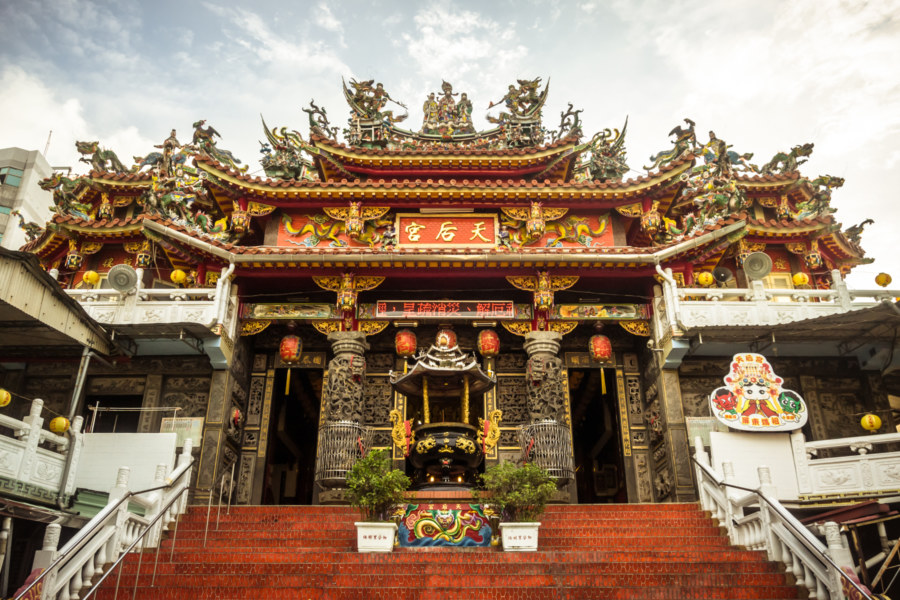
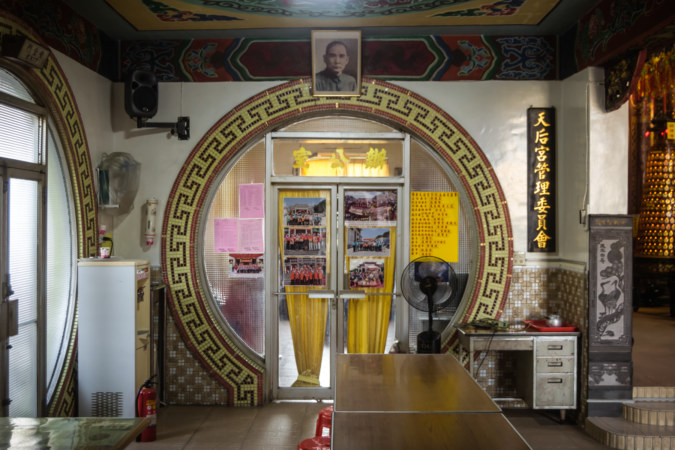
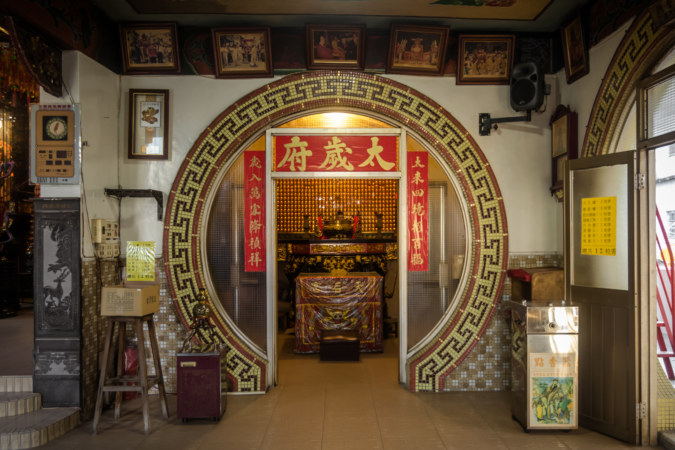
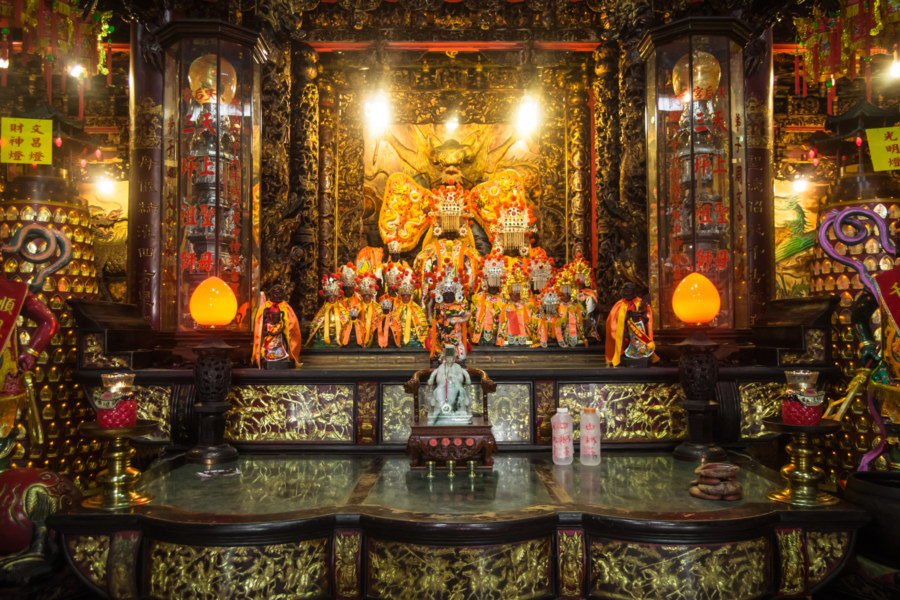
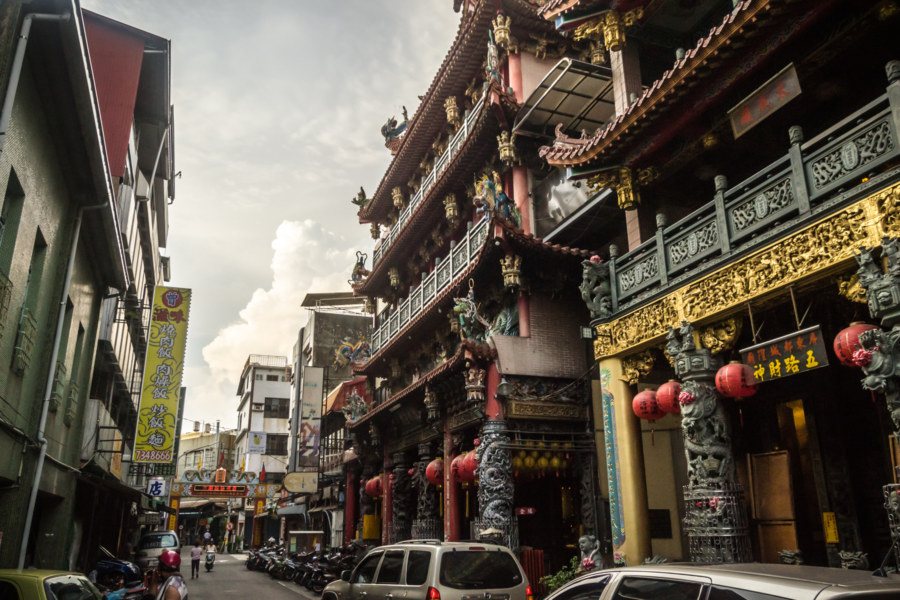
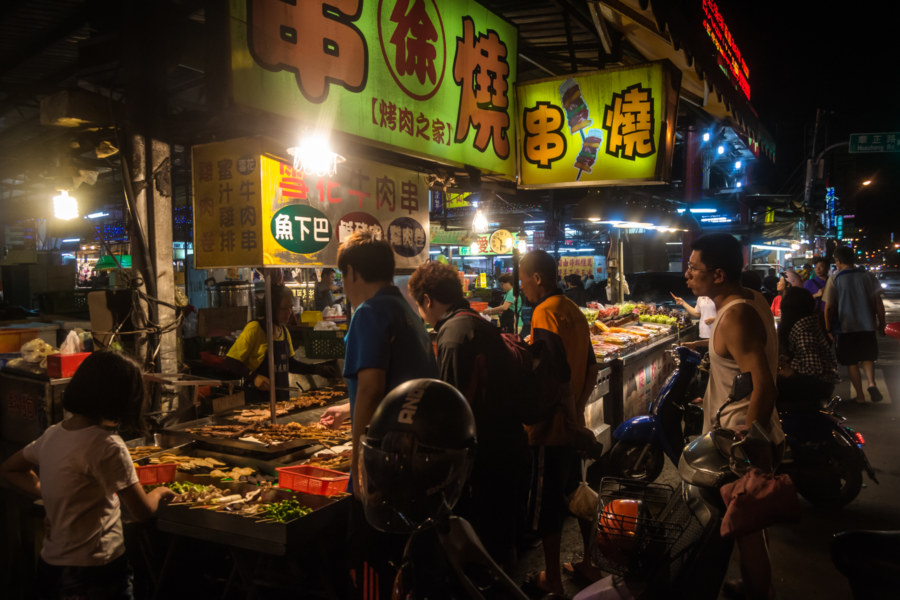
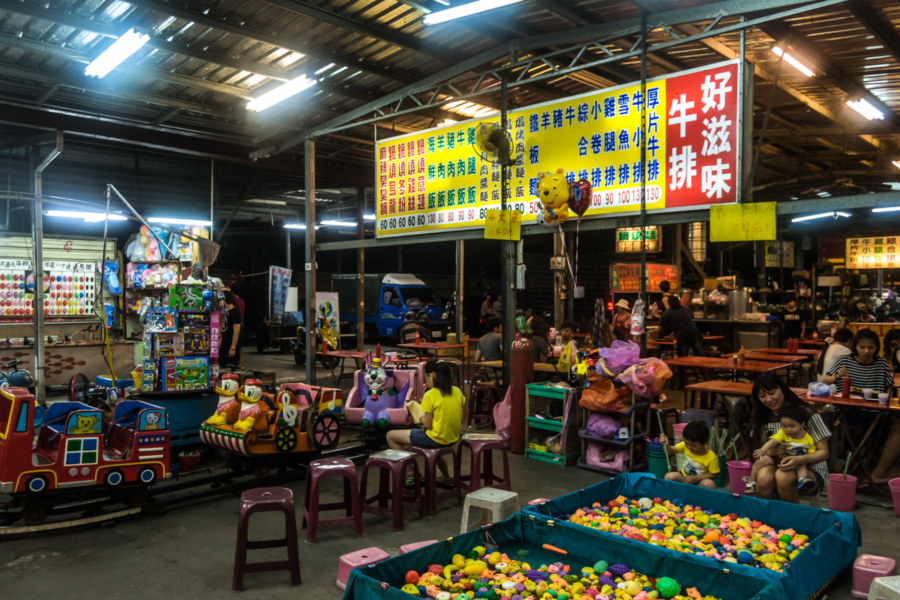
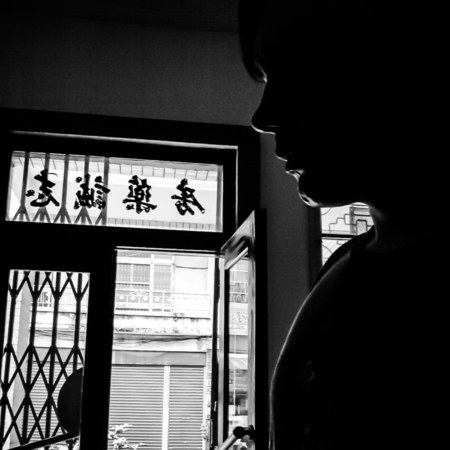
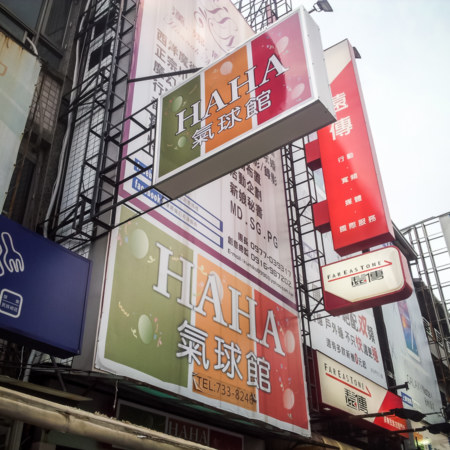
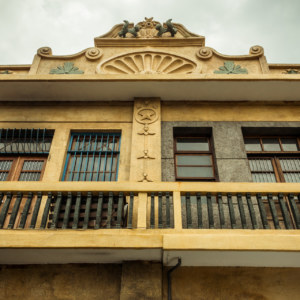
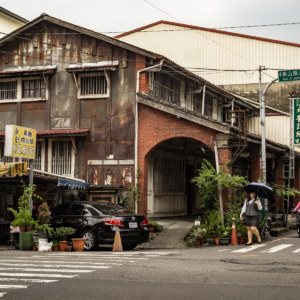
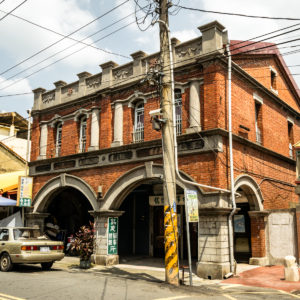
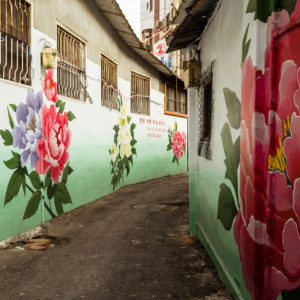
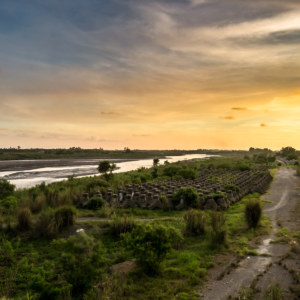
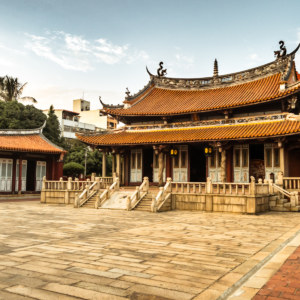
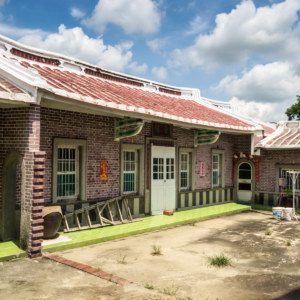
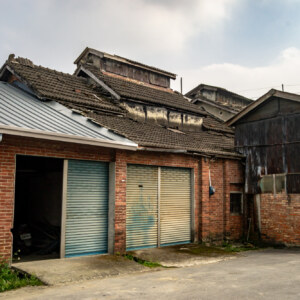
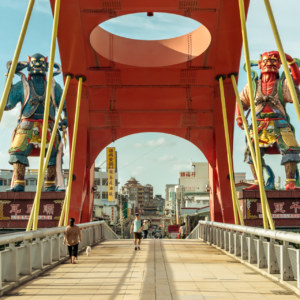
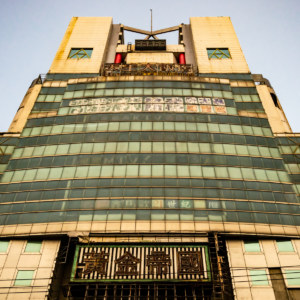
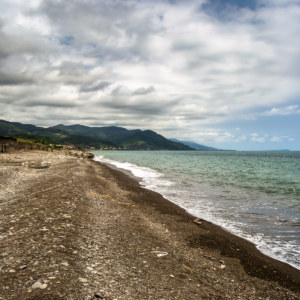
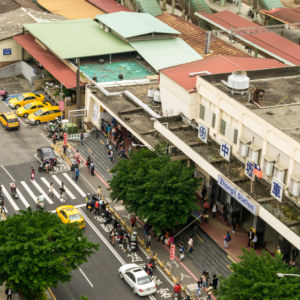
it is 平陽, not 陳平